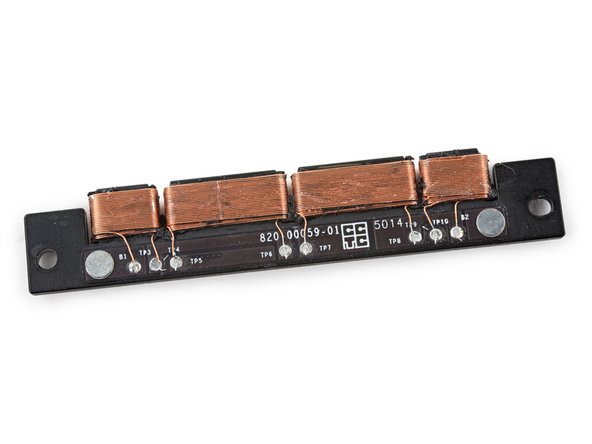crwdns2935425:013crwdne2935425:0
crwdns2931653:013crwdne2931653:0






-
Let's take a gander under the hood of the Taptic Engine, shall we?
-
The rubber we hoped to simply cut open needed to be cut away chunk by chunk.
-
Finally, the coils are free! Well, bare at least.
-
Force Touch looks to be a clever application of a technology that dates back a ways—the year 1824, to be exact.
-
Made of wire coils surrounding a ferromagnetic core, the electromagnet in the Force Touch Trackpad is used to create the vibrational feedback you feel.
crwdns2944171:0crwdnd2944171:0crwdnd2944171:0crwdnd2944171:0crwdne2944171:0